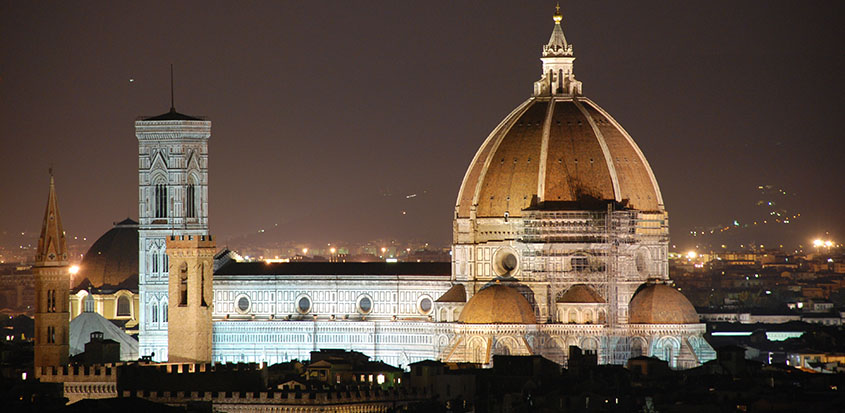The origin of the city’s name derives from the fertility of the Arno valley (in Latin: Florentes) and perhaps with the erroneous Latin interpretation of the Etruscan term Birenz which meant “between the waters”.
https://ecomobile.it/index.php/en/news/159-turismo-en/1775-fertile-florence#sigProIda52f3ffdf7
The first traces of prehistoric settlements go back to the 11th century B.C., but it was the Etruscans of the nearby settlement of Visul (now Fiesole) to populate the marshlands of the Arno, building a first catwalk in wood and stone. The Romans under Julius Caesar built a fort that was for hears the heart of the city of Florence, until 1300 A.D. Now the center of Florence is a World Heritage Site for UNESCO. It was certainly the heart of world culture and synonymous with art and the beauty: the cradle of the Renaissance. Florence was one of the catalyzing locations for that artistic, scientific and literary development, becoming one of the most important centers of the rebirth of culture worldwide, after the upheavals of the centuries of tumult in the Middle Ages, thanks also to the Medici family, who ruled the area from 1360. After the Medicis came the Duke of Lorraine, then Napoleon and finally the Kingdom of Italy, of which Florence was the capital from 1865 to 1870.
Today, the city focuses on the environment and sustainability.
BLOG COMMENTS POWERED BY DISQUS





















